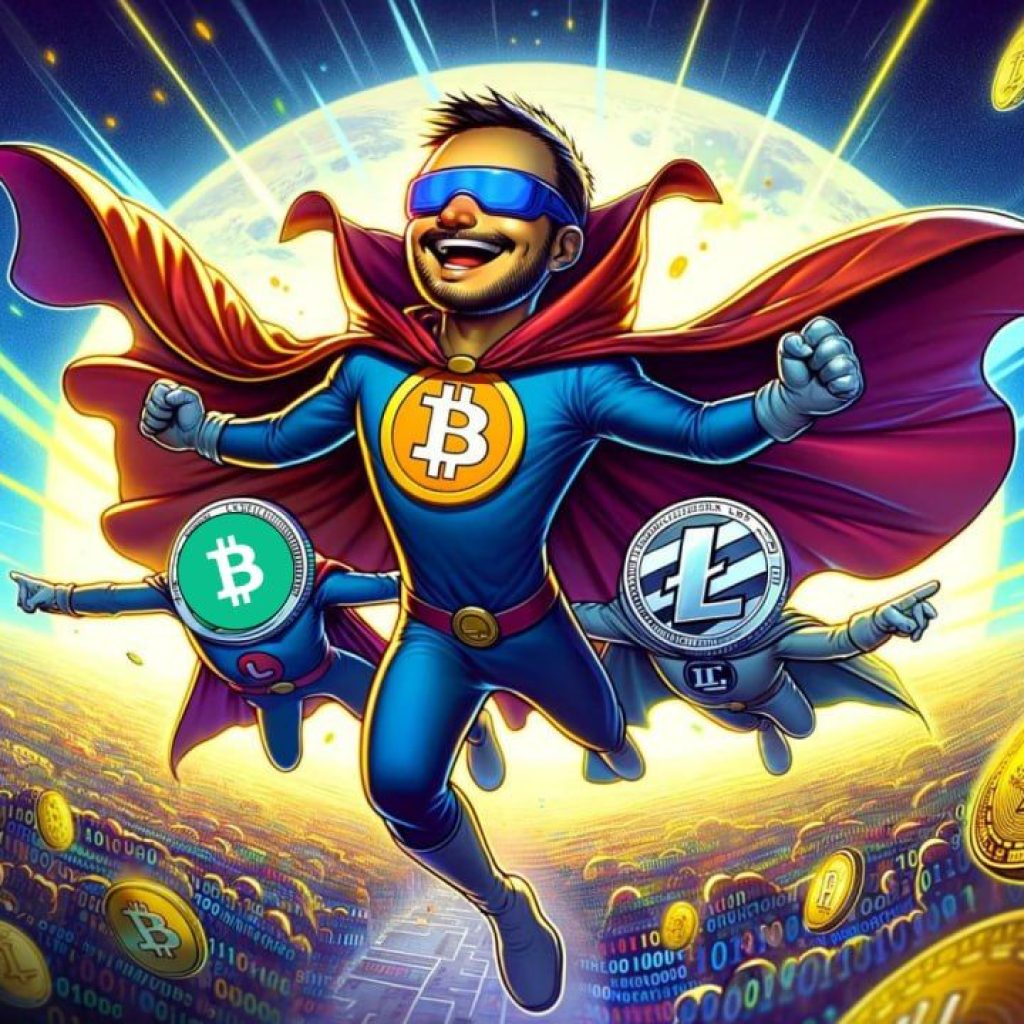EOS EVM, the Ethereum-compatible version of the EOS network, has just had a major upgrade. v0.6.0 of the protocol comes bearing a raft of new features and improvements that will make the network more developer friendly. The main attraction is support for USDT, the ERC20 version of which can now be trustlessly bridged onto EOS EVM.
Lead developer the EOS Network Foundation has also added greater compatibility between the original EOS network, known as EOS Native, and EOS EVM. This will make it easier for developers to create applications that draw their logic from EOS Native events. In turn, the creation of more dapps on EOS EVM should open the floodgates to decentralized finance including platforms for lending, saving, and trading.
A Small Step for EOS
With v0.6.0 of the EOS EVM comes a whole host of improvements, some major, some minor. Not all of them will be perceptible to end users – at least not at this stage. Further down the line, though, they should reap the benefits as more EOS EVM dapps come onstream. The introduction of USDT support is being touted as the chief benefit of this upgrade and for good reason. Users can now withdraw USDT directly from any CEX to their EOS EVM account.
As the EOS Network Foundation summarizes in its release notes, “This update not only brings significant technical enhancements to the underlying infrastructure of the EVM, but a fresh suite of features are being introduced to advance the ecosystem’s DeFi capabilities. Perhaps the most highly anticipated element of this release is the ability for users to bridge USDT from the EOS Native layer to the EOS EVM in a completely trustless manner.”
Aside from Tether, the main news with this upgrade is the two-way support between EOS Native and EVM. It’s now possible to bridge altcoins between chains and the enhanced cross virtual machine communication brings other benefits too. For example, a dapp can be deployed on the EVM chain that draws its logic from the Native chain.
It’s All About the DeFi
The EOS Network Foundation has made it clear that it sees trustless Tether bridging as being instrumental in realizing its goal of bringing DeFi to life on EOS EVM. It lists half a dozen reasons why this is a boom for decentralized finance on EOS, citing greater liquidity, better risk management, support for new DeFi protocols such as for lending, suitability for decentralized remittances, yield farming, and the fact that stablecoins are better from the perspective of onboarding new users.
While there’s still some way to go before DeFi on EOS EVM catches up with the activity on other EVM chains, there are reasons to be bullish on its prospects. For one thing, the EOS Network Foundation is focusing much of its energies on bringing this use case to life, including grants and technical improvements all geared around supporting DeFi protocols. For another, the superior scalability of EOS EVM, not just compared to Ethereum but to other EVM chains like Avalanche, count in its favor.
There’s still more work to be done in turning EOS EVM into a DeFi playground. But the release of v0.6.0 is a major step towards transforming the Solidity-compatible EOS network into fertile soil for decentralized finance innovation.
Disclaimer: This article is provided for informational purposes only. It is not offered or intended to be used as legal, tax, investment, financial, or other advice.





